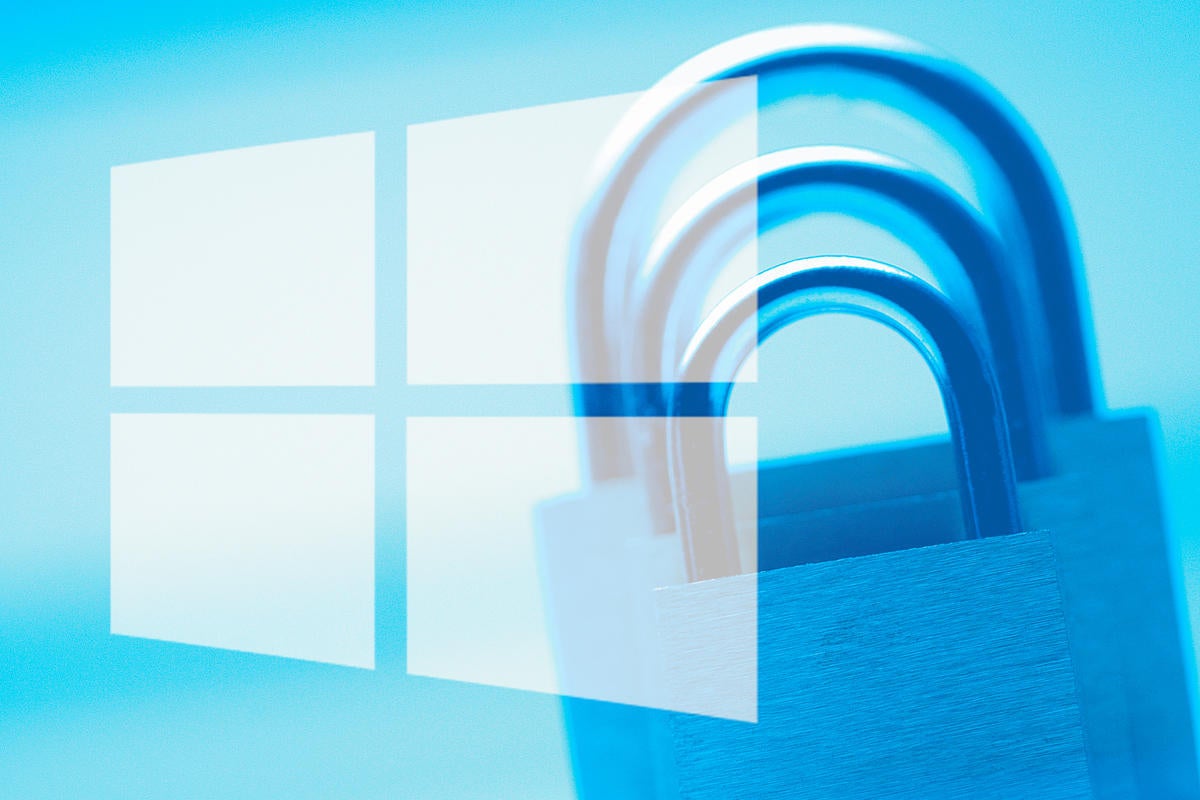Microsoft today extended the support lifespan of Windows 10 Enterprise 1709 and Windows 10 Education 1709 by six months, pushing their retirements to Oct. 13. The original end-of-support date had been fixed as April 14.
Microsoft cited the COVID-19 pandemic's impact, which in just the U.S. has ranged from massive business closings and even statewide lockdowns to a broad movement of companies telling white-collar employees to work from home. By midday March 19, 171 deaths in the U.S. had been attributed to the virus. Globally, deaths approached 10,000.
"We have been evaluating the public health situation, and we understand the impact this is having on you," wrote John Cable, director of program management, in a March 19 post to a company blog. "To ease one of the many burdens you are currently facing, and based on customer feedback, we have decided to delay the scheduled end of service date for the Enterprise, Education, and IoT Enterprise editions of Windows 10, version 1709."
Three years of support for 1709
Windows 10 1709 launched in October 2017, and although the Windows 10 Home and Windows 10 Pro editions of the release received just 18 months of support — until April 9, 2019 — Enterprise and Education got 30 months of updates. Microsoft split customers into 18- and 30-month groups in September 2018, when it created the latter support lifespan for its most important customers, larger businesses and organizations.
Under Microsoft's 18/30 scheme, Enterprise and Education receive two and a half years of support only for the fall feature upgrade, the one labeled yy09 in the firm's four-digit format. The spring upgrade, yy03, provides only 18 months of support to everyone and every SKU (stock-keeping unit).
The six-month extension for 1709 will supply customers security updates through the usual channels, including Windows Update, Windows Update for Business, Windows Server Update Services (WSUS) and the Microsoft Update Catalog. Cable also promised that update management processes would not need to change during the added months. "All supported versions of Microsoft Configuration Manager (current branch) will continue to support Windows 10, version 1709 until October 13, 2020," Cable said.
By tacking on six months to 1709's support lifecycle, Microsoft will make it the first version of Windows 10 to receive 36 months, or three years, of support. Three years is somewhat of a magic stretch in Windows, as it was the long considered the ideal interval between OS upgrades, as in Windows 7 (2009) releasing three years after its Vista (2006) predecessor and three years before its Windows 8 (2012) successor.
By giving enterprises six more months to migrate from 1709 — when IT was staring at a deadline of less than a month — Microsoft has reduced the pressure on admins of laggardly firms to keep client systems protected. Instead of trying to hustle during a time when everything has been disrupted if not thrown into complete chaos, IT staff, likely with a lower headcount and if not, then on a lower productivity level, can work without panicking.
Unsettled release and support calendars could be the new normal
Putting off upgrades, whether suspending them as Google did this week when it paused Chrome refreshes, or delaying support deadlines as Microsoft has done, may be the smart move under current conditions. There's no reason to hew to an established schedule at a time when upgrading hundreds or thousands of systems should be among the lesser worries of a business. Time spent dealing with upgrades and the inevitable questions and problems workers pose and report afterward is time wasted when keeping the business in business is dominant.
In fact, it would be a surprise if the Wednesday announcement was the last of its kind from the Redmond, Wash. company, or if Microsoft and Google were the only software makers to do this. If COVID-19's impact hasn't lessened in several months, Microsoft may simply shove 1709's date back even more, then add the next in line, Windows 10 1803, to a growing list of postponements. (The Windows 10 1803 Enterprise and Education SKUs are now due to fall out of support Nov. 10.)
Likewise, there's no reason Microsoft couldn't delay the launch of its next feature upgrade, Windows 10 2004, from the expected April to, well, much later this year. Or cancel the year's fall refresh, which under normal circumstances would be pegged 2009, altogether.
All release and support calendars are, if not moot, then certainly unsettled.






